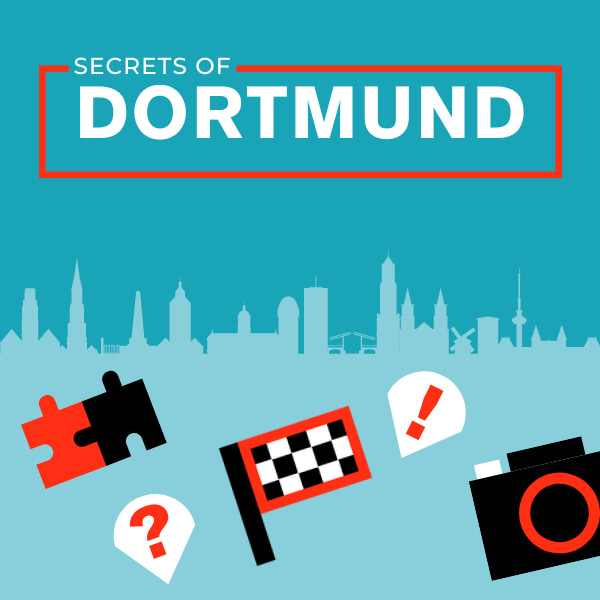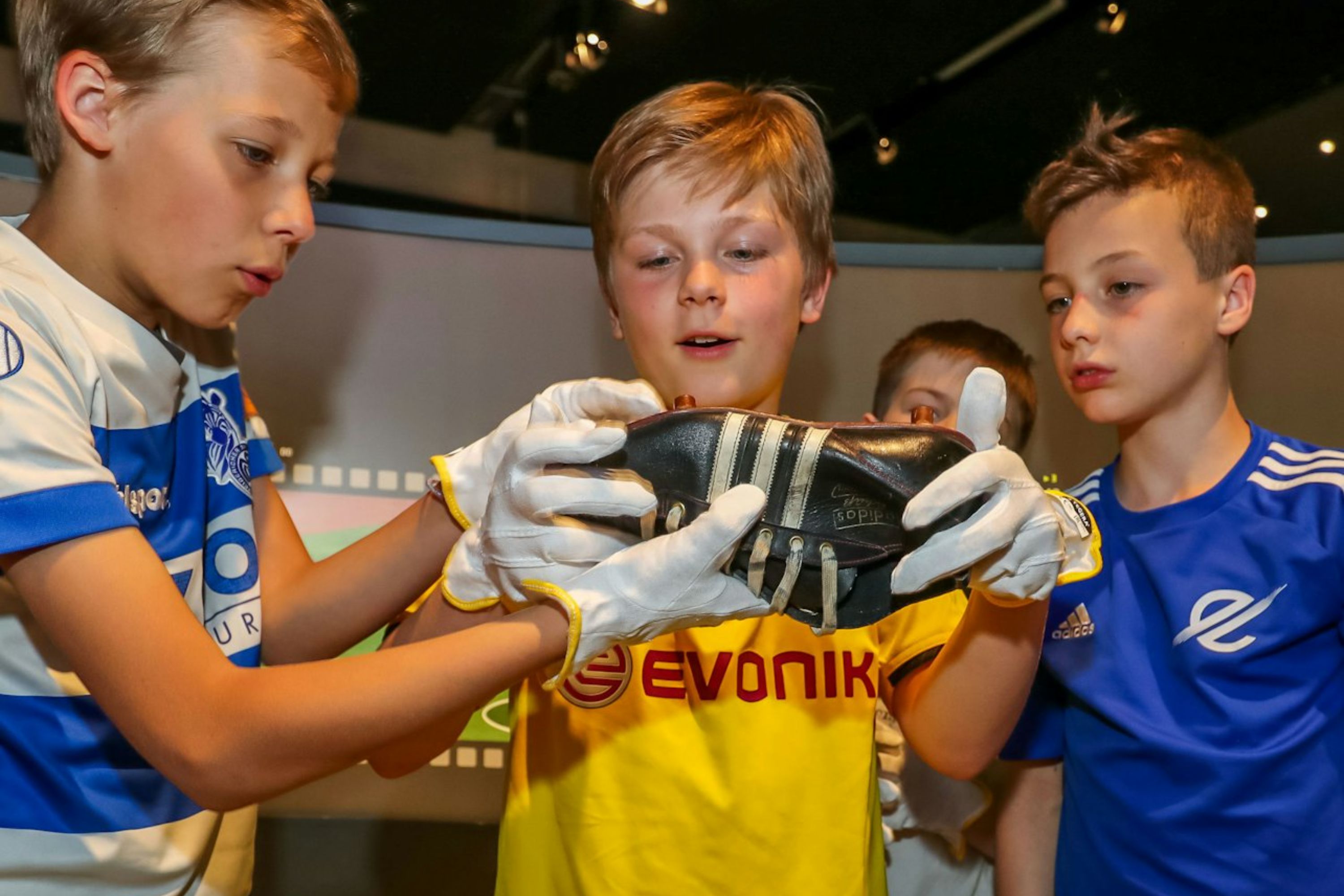
Dortmund Private Walking Tour with a Professional Guide
Dortmund, the largest city in the Ruhr area, was once dominated by the heavy industries of coal and steel and is today a high-tech manufacturing city. From a city that shows its modernity all around, there are still tell-tell signs of its ancient past. Admire the famous Dortmunder U tower, a landmark since 1927 and once home of the Dortmunder Union Brauerei, for a while the most productive brewery in West Germany. The “U” on top was added in the 60’s and stands nine meters tall. With the selection as European Capital of Culture in 2010, the former brewery was remodeled into a cultural center that includes the Ostwall Museum, that houses an expressionist exhibition, by artists like Kandinsky, Kirchner, Otto Dix, Paul Klee, Picasso, Chagall, Joan Miró and Salvador Dalí. Find your stomping grounds at Westenhellweg, one of Germany’s most frequented shopping streets. Walk through its old and modern streets, to see both signs of an ancient city and the throbbing heart of German ingenuity.
Options
Dortmund Private Walking Tour with a Professional Guide
What's included in Dortmund Private Walking Tour with a Professional Guide
(Subject to Option Inclusions)Itinerary
With its almost 900 years of history, it has today's modern aspect but is still the sociable center of the city. When the weather allows it, the square will be filled with outdoor bars and cafes, and if Borussia Dortmund – Germany’s second most famous soccer team – has won a match, be sure they will celebrate at Alter Markt.
St. Reinold's is the oldest extant church in Dortmund. Dedicated to St Reinoldus, also known as Renaud de Montauban, who was the patron of the city, built in a late Romanesque church with a late gothic quire. In the Dark Ages St Reinold’s was Dortmund’s spiritual center, and was the main parish church up to the Reformation in the 16th century. There’s a lot to see inside, including the 14th Century statue of St Reinoldus, a stool on the south side of the choir from 1462 and the magnificent retable on the high altar carved by the Flanders-born Master of Hakendover in 1420.
Marienkirche
Its earliest sections were built in the 12th century, while the later Gothic elements are from the 14th century. It was sadly destroyed in the Second World War, but its medieval art was thankfully removed for safe-keeping: The middle panel of the Beswordt altar from 1380 has a Gothic painting evoking the Swoon of Mary. After its rebuilding, it became the oldest standing church in Dortmund’s Innenstadt.
Inclusions
- Possible customizing on tour with your local guide on the spot
- Private guided Tour
- Local professional guide who will be with your group only
- Gratuities
- Entrance fees (The tour takes place outside the attractions)
- Wheelchair accessible
- Infants and small children can ride in a pram or stroller
- Service animals allowed
- Public transportation options are available nearby
- Suitable for all physical fitness levels
Meet
Pickup and Dropoff
You will make your own way to the meeting points
Meeting / End Points
- At the Bläserbrunnen fountain, Markt 3, 44137 Dortmund, Germany






